

Matt Campbell
2026 MG U9 review
5 Hours Ago
The second-gen Kia Niro EV is a handsome and well-packaged electric SUV with decent range – but it costs too much.
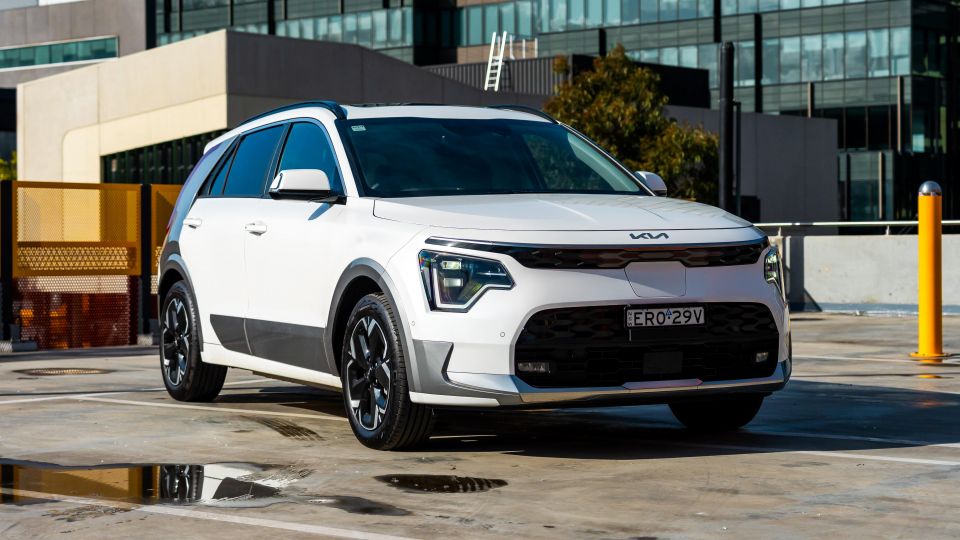


Quickly see how this car stacks up against its competition. Select any benchmark to see more details.
Where expert car reviews meet expert car buying – CarExpert gives you trusted advice, personalised service and real savings on your next new car.
Kia has become a strong contender in Australia’s fast-growing electric vehicle sales race with highly regarded EV6 crossover and soon-to-launch EV9 large SUV.

But the company has another EV offering in the form of the second-generation Niro, a smaller model with a still-generous 460km WLTP driving range claim, and a more Euro-centric focus.
Unlike the new-from-the-ground up EV6 and EV9 with their skateboard platform and 800V charging capability, the Niro comes as a petrol hybrid as well as the EV tested here.
While the first iteration of the Niro nameplate was a conservative-looking vehicle, this one brings some edge with its squat stance – and in this guise its boomerang-shaped tail lights and optional coloured C-pillar.
For those playing at home, its design was quite obviously inspired by the brash 2019 Kia HabaNiro concept car – with some real-world toning down.

The Niro EV also brings headline features like an Australian-market suspension tune, remote connectivity and infotainment services, as well as vehicle-to-load (V2L) capability.
Unfortunately you’ll pay a steep sum for the privilege, if you can get your hands on one. Such is the demand for this vehicle in Korea and much of Europe that Australia is left with limited supply, making this a niche proposition.
The Kia Niro EV comes in two spec levels called Niro EV S ($66,590 before on-road costs) and Niro EV GT-Line ($72,360 before on-roads) – the latter of which we are testing here.
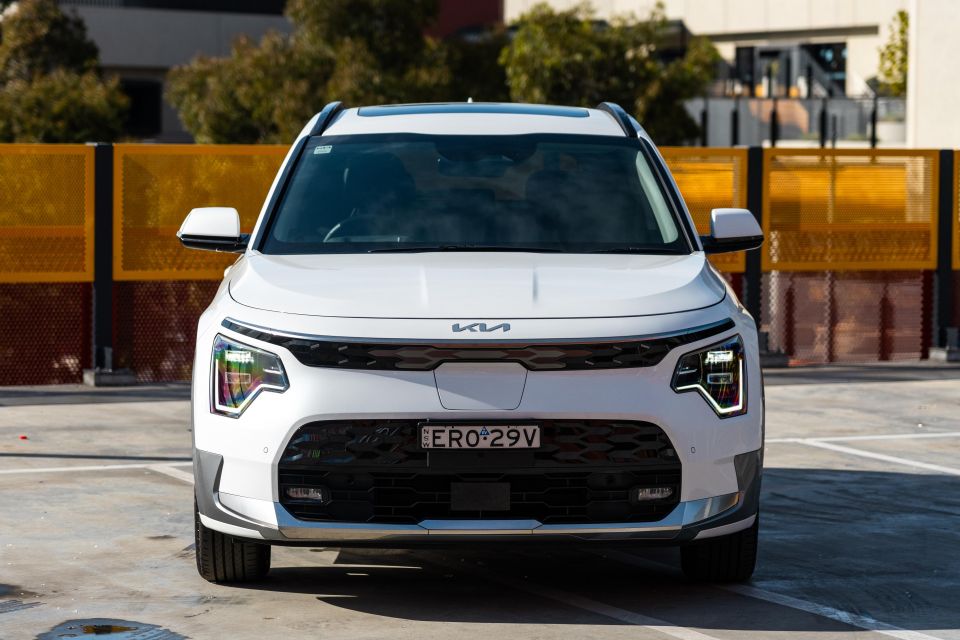
You suspect that being subject to tight supply, Kia has taken a few liberties with the pricing, because placed into context the value just doesn’t stack up at all.
For instance the Niro GT-Line EV ($72,360) costs more or less the same as the quicker, longer-range and altogether better EV6 Air ($72,590) and is more expensive than the bigger and top-selling Tesla Model Y ($65,400). The only EV that can rival it in the overpriced stakes is the largely irrelevant Mazda MX-30 Electric.
For those after more sensibly-priced EV options with 400km-plus range claims, there’s the big-selling BYD Atto 3 Extended Range ($51,011), MG 4 Essence 64 ($47,990), and GWM Ora Ultra ($48,990). Options from outside China include the $59,990 Cupra Born and Volvo EX30, while the runout Hyundai Kona Extended Range is $60,500 – a new-gen is due before the end of the year.
We should also mention that the Niro GT-Line with the petrol-electric hybrid option costs $50,030 – meaning the EV battery and motor adds more than $22,000 to the price.
Buy your new car without the stress. It's fast, simple and completely free.

Great service from Travis and team, second time I have used this business would not hesitate to recommend them to anyone
Craig C.
Purchased a Ford Ranger in Sunshine Coast, QLD
CarExpert helped Craig save thousands on his Ford Ranger, now let us save you on your next new car.
Find a dealThe interior design is almost as interesting as the exterior, notably the two-spoke wheel design and framing for the twin displays.
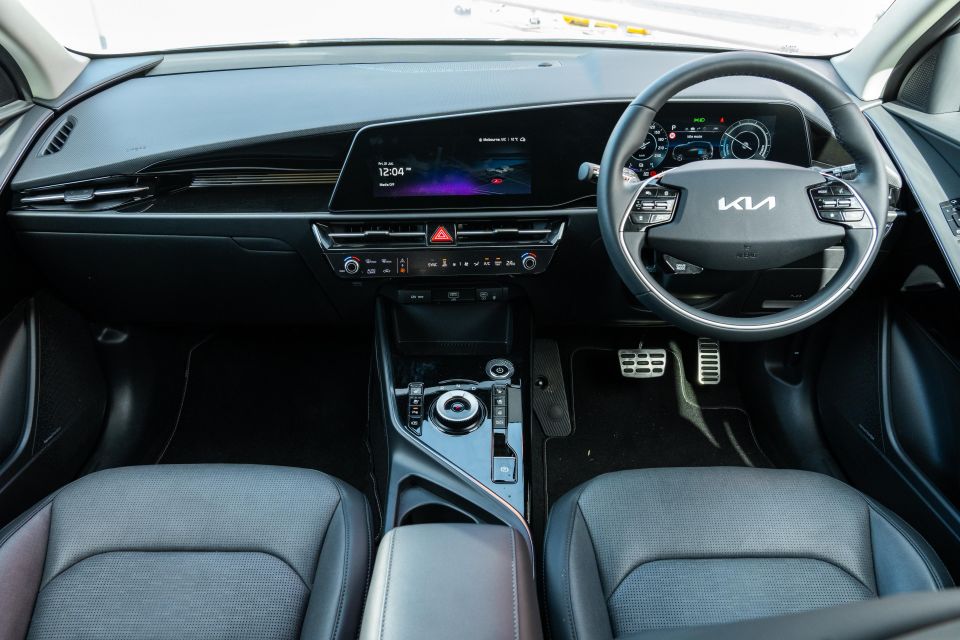
The leather-wrapped wheel has cruise control, lane assist and trip computer controls on its left spoke, and audio or voice controls on the right. A small button on the lower left-hand side changes your drive models.
The crisp instrument cluster behind the wheel looks sharp and displays your speed, energy usage, regenerative braking, and various menus from trip data through to battery status. It’s augmented in the GT-Line by a projecting head-up display.
The landscape centre touchscreen doesn’t dominate the fascia like in a Tesla or BYD, but runs fairly intuitive software with good quality maps, voice commands, and a quality Harman Kardon sound system.


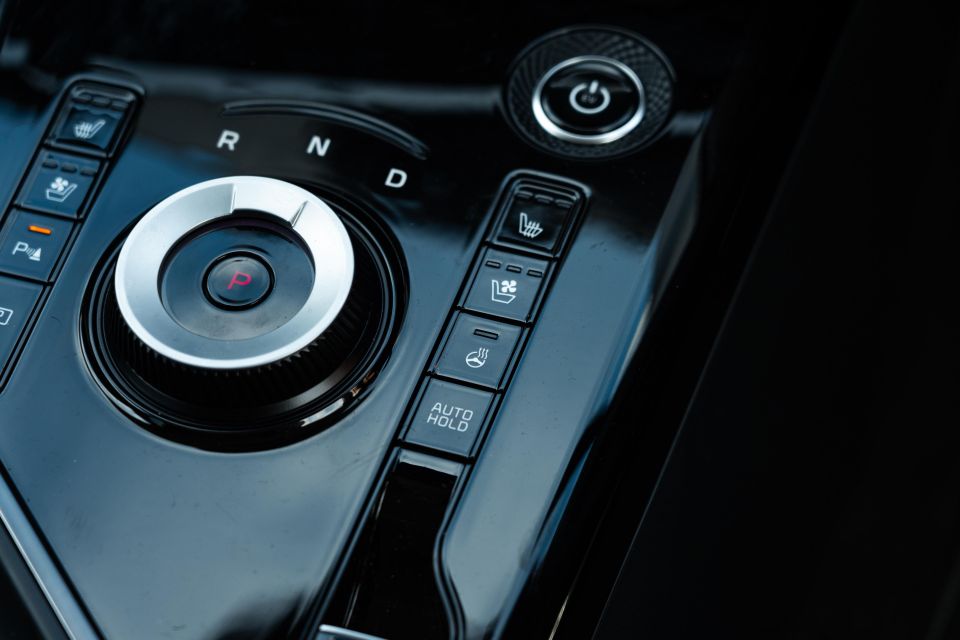

However there’s only a reversing camera rather than a surround-view, and the GT-Line does not come with wireless phone mirroring despite offering a wireless charger pad below the climate controls.
There are a mixture of nice contrasting trims used throughout as well as an abundance of dust- and scratch-prone piano black trims all over the place – a design fad that I’m confident will not age well.
On the topic of grievances, while the front seats are powered and heated/ventilated, and also come with a ‘Premium Relaxation’ folding mode for the passenger, they are in my opinion also lacking sufficient under-thigh and side bolstering.
Below the screen is a swish touch-sensitive bar that doubles as a climate control interface and separate audio shortcut controller – it looks great and becomes intuitive to operate quickly.
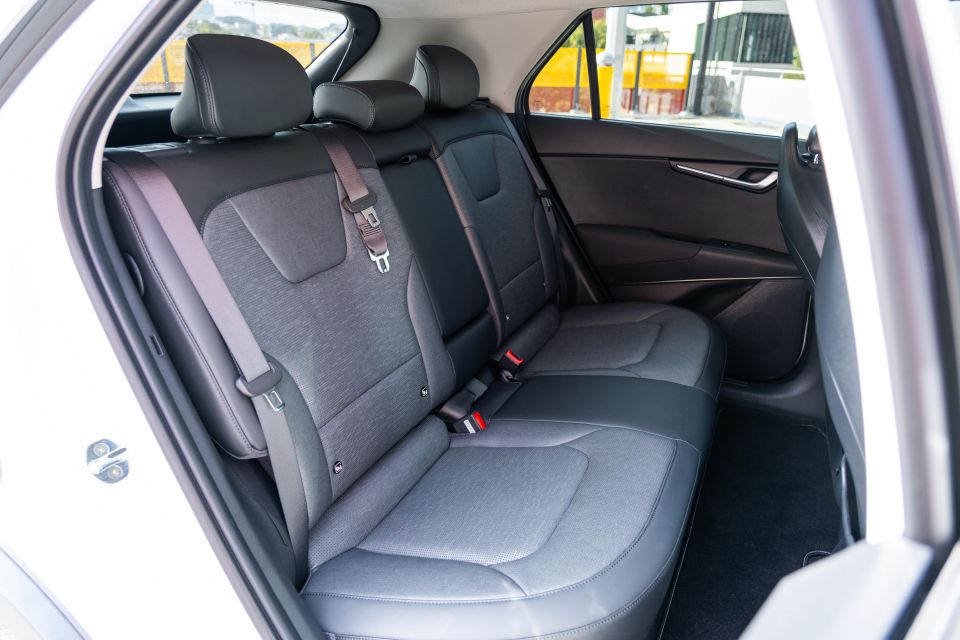
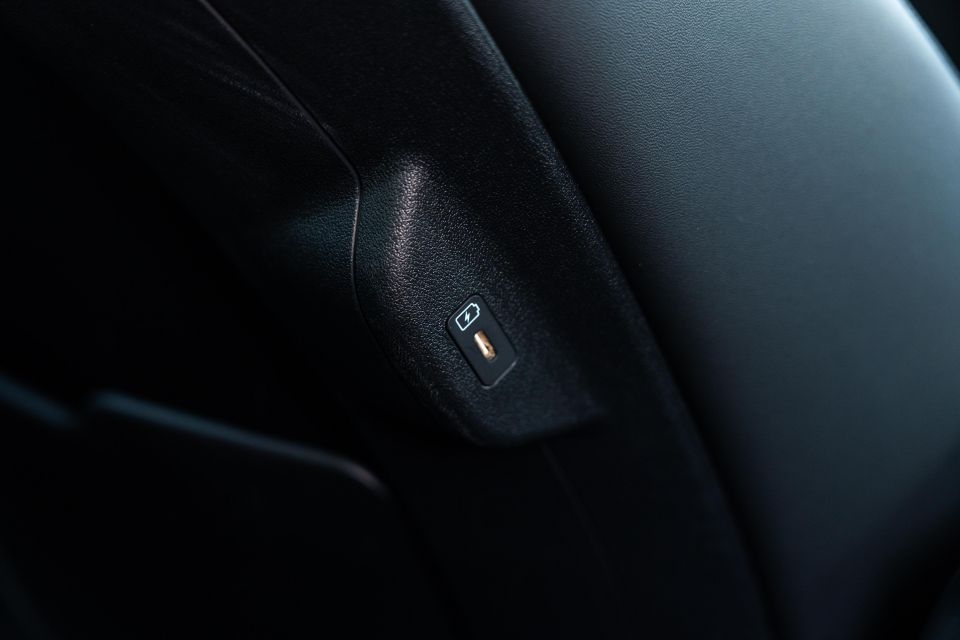
Along the centre tunnel is a circular gear shifter dial alongside the steering wheel and seat heater/cooler buttons, camera pull-up and Auto Hold function. Behind this sits a decent-size centre console with cupholders.
At 4.4-metres long the Niro isn’t much bigger than your run-of-the-mill small hatchback, however the back seats are acceptably spacious for two adults and the floor is fairly flat. There are USB ports in the back of each front seat.
The boot is pretty generous at 475 litres with both seat rows in use, expanding to nearly 1400L with the back row folded. Neither the back seats or boot come close to a cheaper Tesla Model Y though, for those after a family friendly EV.
On a side note, the Niro is vehicle-to-load (V2L) compatible up to 3.6kW, with a three-prong plug in the back seat and the ability to connect an adaptor to the exterior Type 2 charging port to power appliances from the car’s battery.

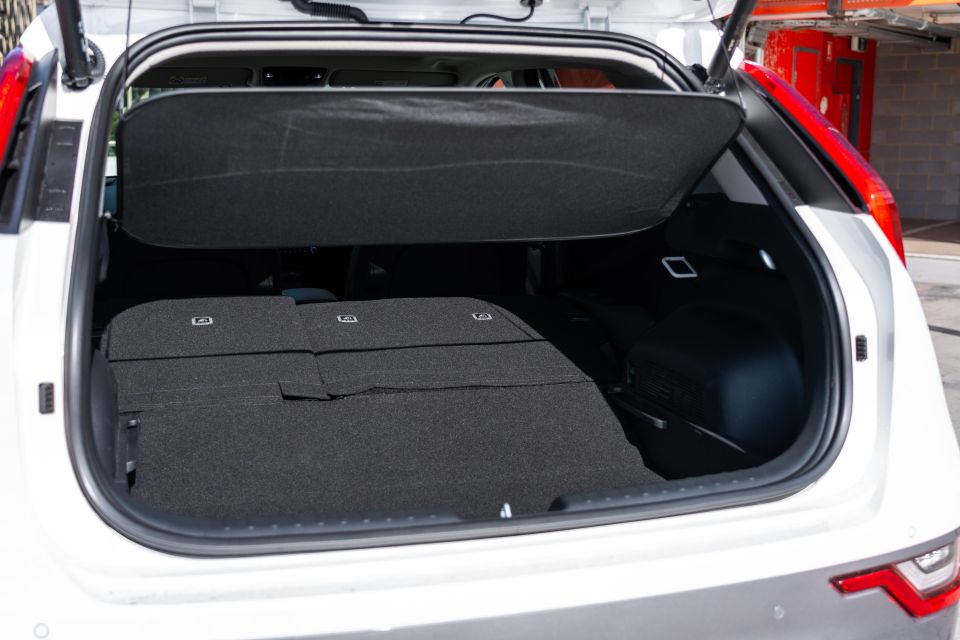
It also pairs to the Kia Connect app so you can remotely check in on the vehicle, and the key fob has buttons that allow you to move the vehicle slowly in an out of bays while standing outside the car – a feature we first saw fitted to the Sorento SUV.
On another note, to its credit the Niro showcases recycled materials like headlining made from recycled PET materials, seats made from Bio PU with Tencel from eucalyptus tree fibres, and BTX-free paint (no benzene, toluene, and xylene isomers) on the door panels.
A small storage nook.
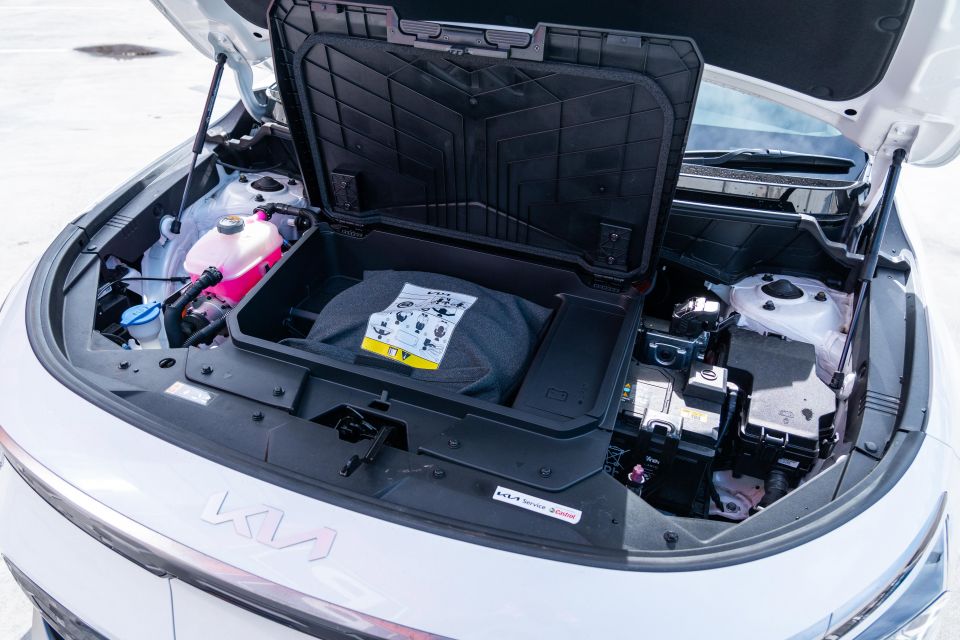
Both spec levels of the Niro EV run the same drivetrain, a front-wheel drive single motor with 150kW of peak power and 255Nm of peak torque, allowing a 0-100km/h time of 7.8 seconds.
The permanent magnet synchronous motor draws current from a 358V lithium-ion battery pack with a tick under 65kWh of energy capacity and a weight of about 450kg. Based on lab-tested energy consumption of 16.2kWh per 100km on the WLTP cycle, expect driving range of up to 460km – enough for the overwhelming majority of people.
The front bumper Type 2 charging port can handle up to 11kW AC, meaning a 10-100 per cent home charging time of about 6.5 hours. On a 100kW-capable DC charger you should expect 10-80 per cent charging time of about 45 minutes.
The second-generation Niro remains front-wheel drive but doesn’t torque steer like some EVs with this configuration because Kia has kept the motor’s outputs sensible – with an apparent eye to greater efficiency.
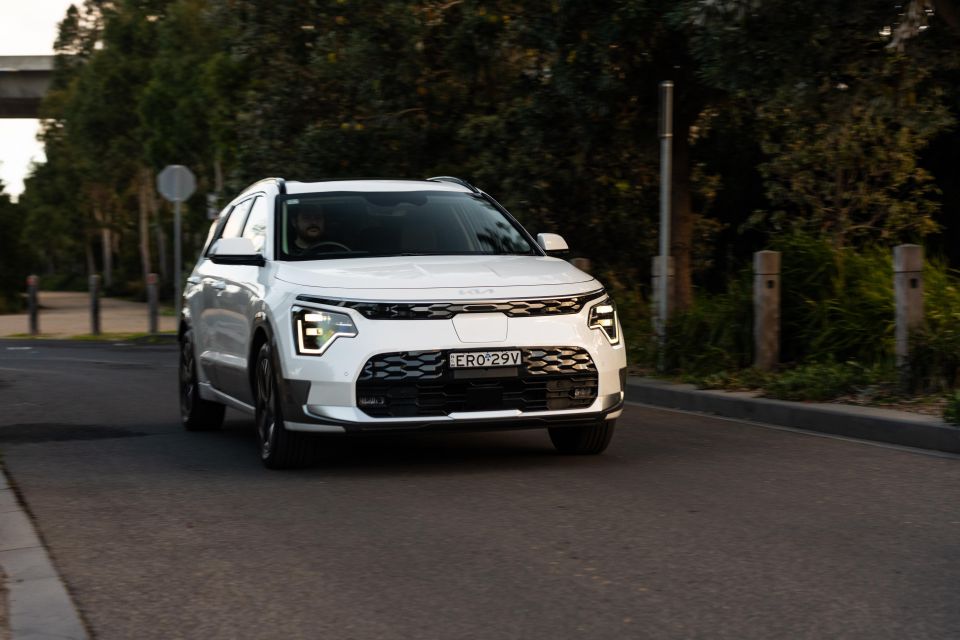
It’ll nip you to 100km /h in a brisk 7.8s but as with most electric cars it’s the 0-60km/h that’s the quickest, because e-motors don’t need revs to generate their maximum torque.
If you want a bit more punch off the line, just hit the drive mode button mounted low on the steering wheel and select the sportiest accelerator pedal setting, or select the eco-focused mode to numb response and save energy.
When it comes to slowing down, you can lean on the regenerative braking system controlled via paddle shifters to recuperate kinetic energy, all the way up to one-pedal driving where you barely touch the brakes. If you prefer no rolling resistance you just flick it off.
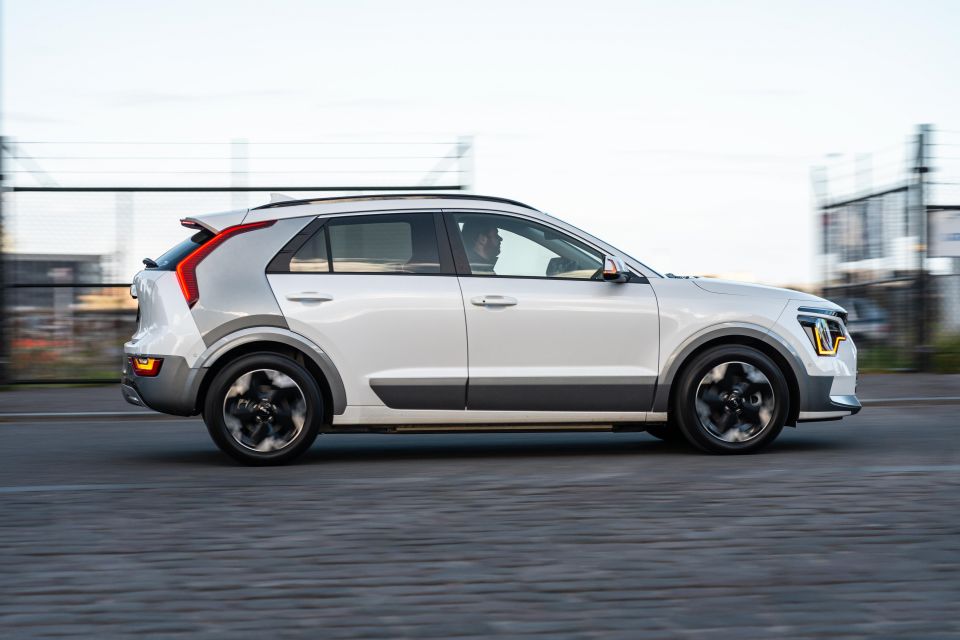
As with many EVs the lack of engine noise does mean there’s a bit of surplus road noise on coarse-chip surfaces from the (Continental Eco Contact) tyres, but it’s liveable.
In terms of nuts and bolts the Niro runs independent suspension at both ends (McPherson struts and multi-link) and column-mounted electric steering providing a 10.6m turning circle and barely any arm resistance.
Like most Kias it underwent an Australian calibration program before launch – indeed it was Kia Australia’s first full ride and handling program since the start of the pandemic.
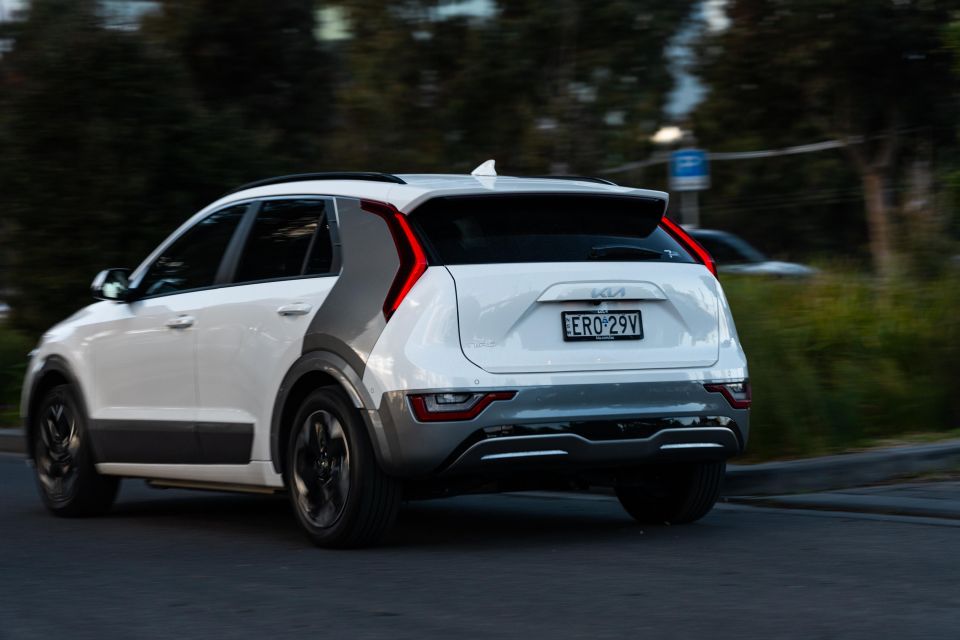
The result is, as advertised, relatively car-like handling with nice and flat body control and minimal roll coming into corners. At 1727kg (tare), the Niro isn’t exactly featherweight, but it feels suitably nimble.
It also rides relatively nicely, absorbing corrugations and jagged bumps better that its low-profile tyres may suggest – in that sense it does live up to the premium positioning, given some competitor EVs are more style than substance.
The base Niro EV S comes with a sparse feature list for a vehicle that costs the best part of $70,000…
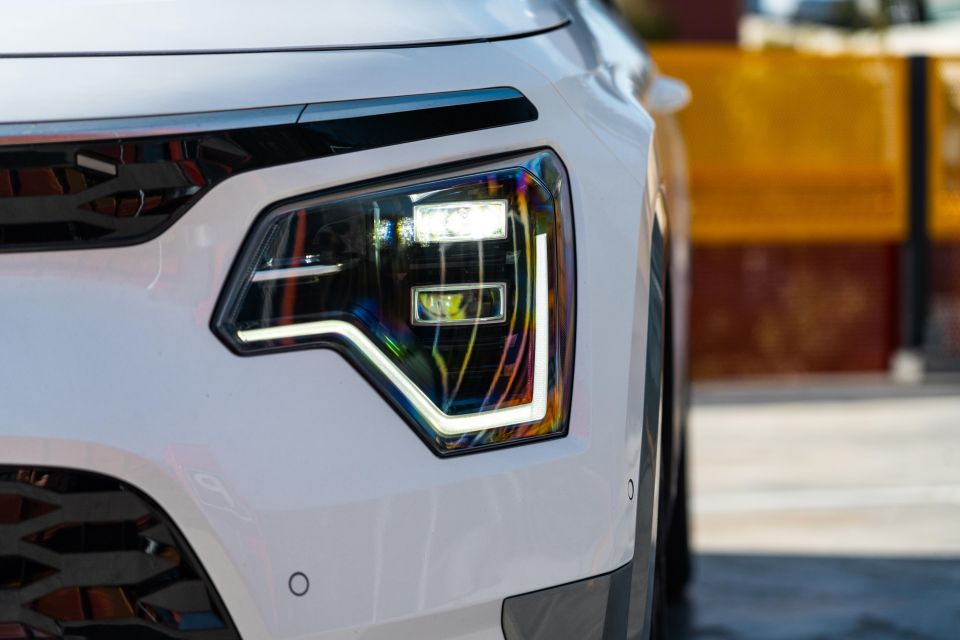
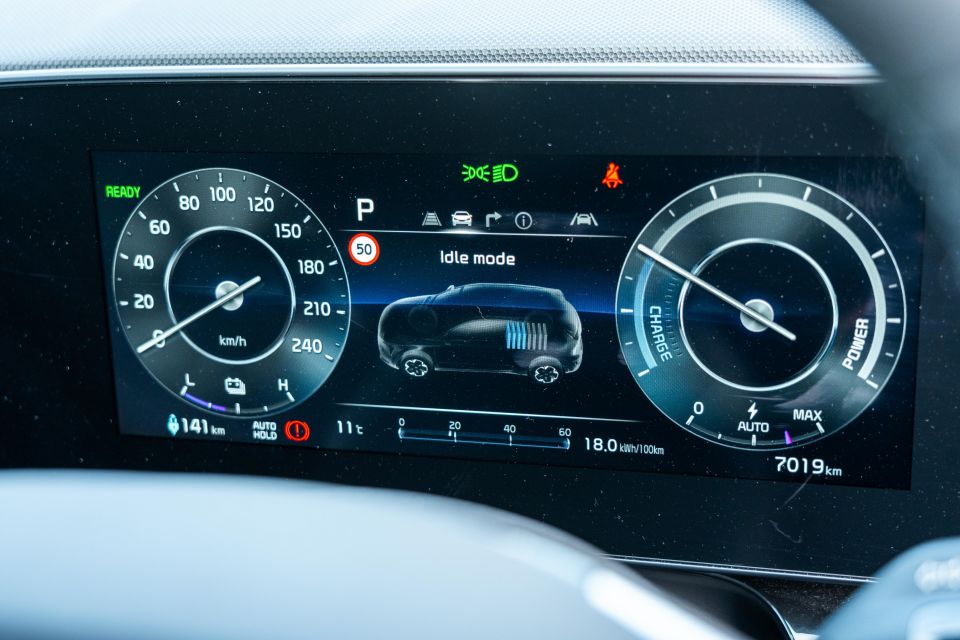
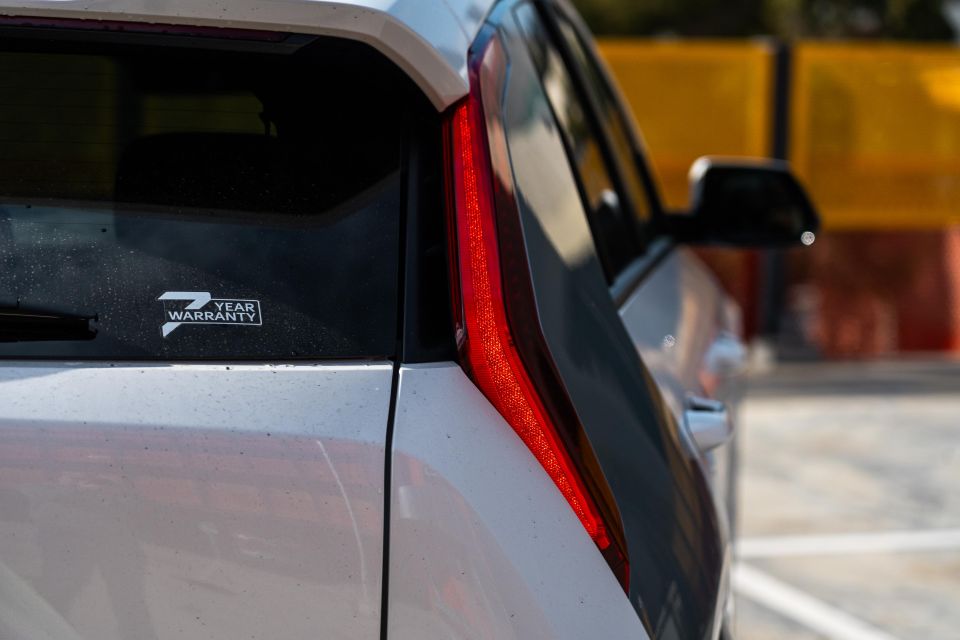
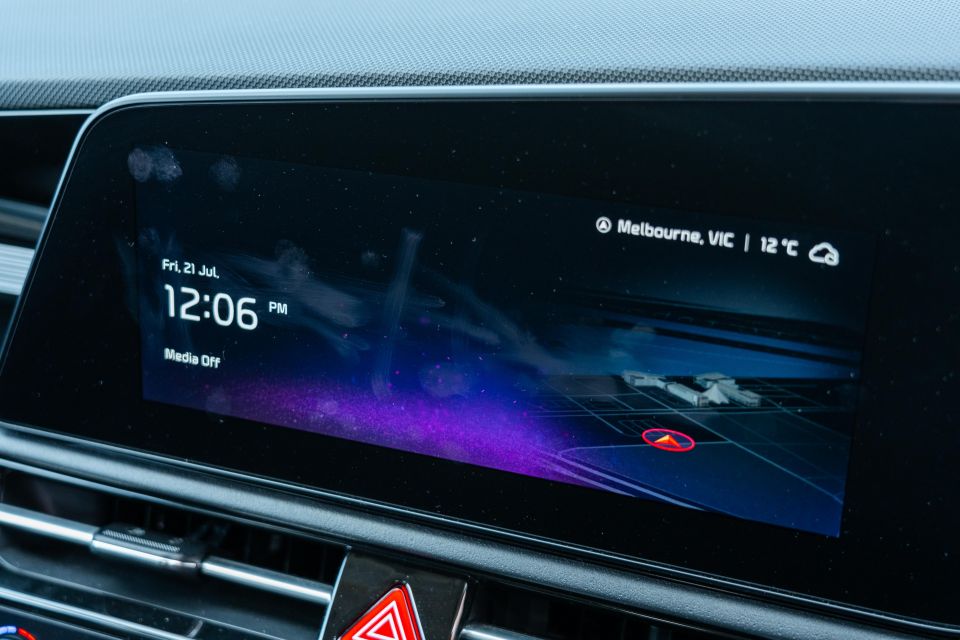
Niro EV S highlights:
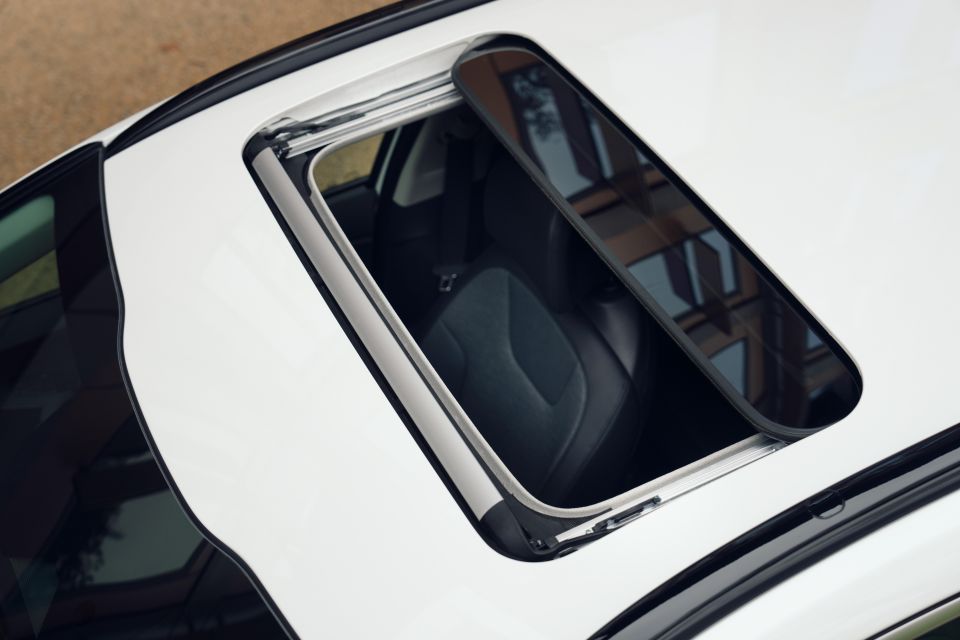

Where expert car reviews meet expert car buying – CarExpert gives you trusted advice, personalised service and real savings on your next new car.
Niro GT-Line adds:
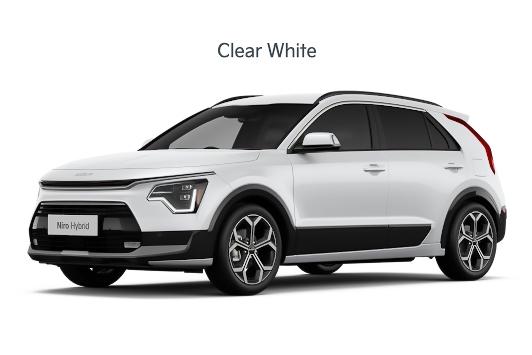

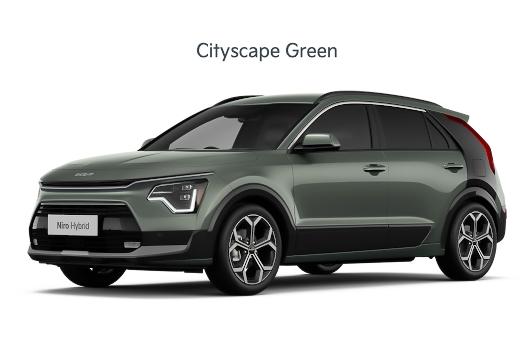
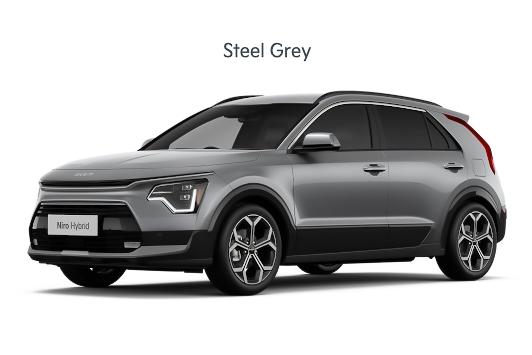
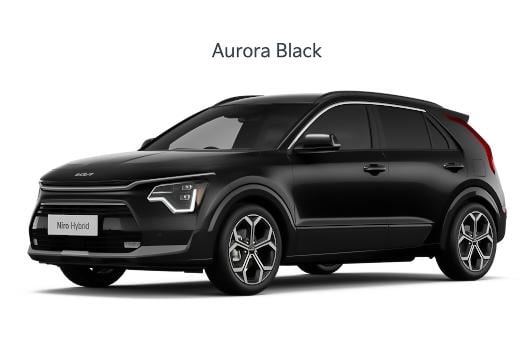

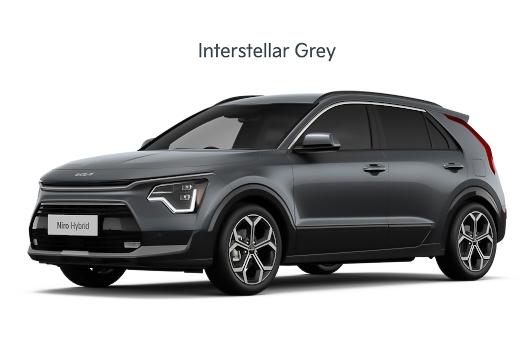
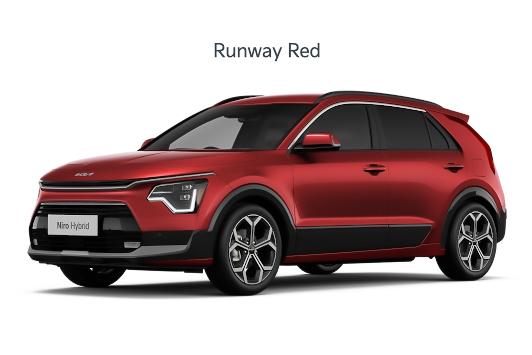
The Niro achieved the maximum five-star ANCAP safety rating with 2022 date stamp.
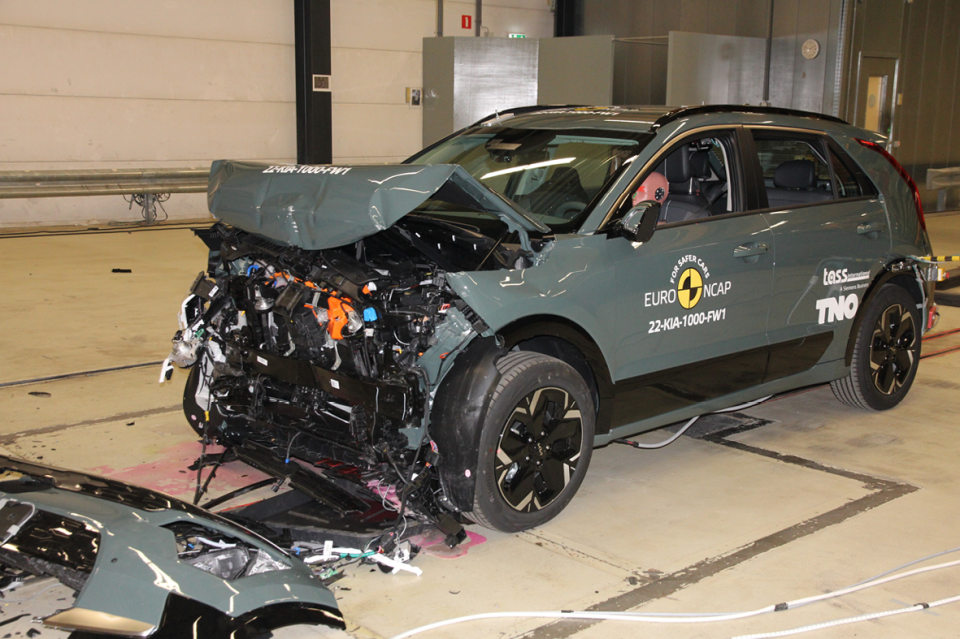
It scored 88 per cent for adult occupant protection, 84 per cent for child occupant protection, 76 per cent for vulnerable road user protection, and 87 per cent for safety assist features.
Standard safety features include:
The Niro EV GT-Line adds Safe Exist Assist (helps avoid opening a door into a passing cyclist) and active collision-avoidance braking in reverse.
Kia provides a seven-year, unlimited kilometre warranty, with a seven-year service plan available for $1997 (or $1351 for five years).
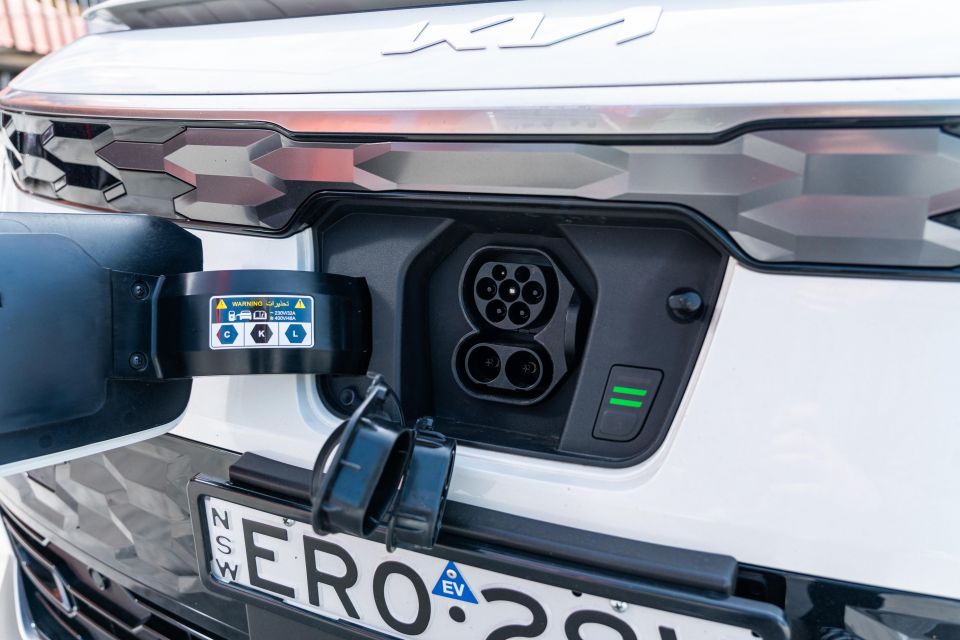
Kia claims energy use of 16.2kWh per 100km, but I averaged 17.4kWh per 100km. Nevertheless a real-world 400km with some care should be achievable most of the time.
Charging options vary from a basic three-prong trickle charger through to a home wallbox with either 7kW or 11kW outputs – the latter pair reducing 10-100 per cent charging times to 9.5 hours and 6.5 hours respectively.
A CCS DC charge should take you from 10-80 per cent in 45 minutes or so, enough for about 300km give-or-take. Because the 358V Niro doesn’t use the EV6’s 800V battery it cannot handle particularly rapid DC charging speeds.
For instance at AmpCharge Altona I saw an average of 53KW.
The Niro EV is a little electric crossover with head-turning design, plenty of driving range, decent handling characteristics, and some interesting pieces of interior technology.
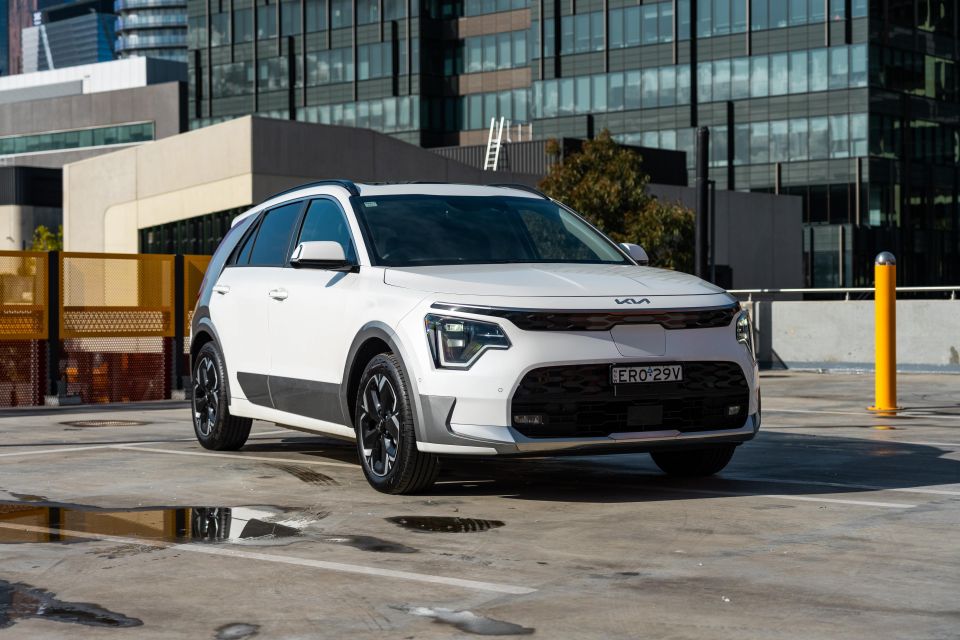
But for all its worthiness as a vehicle, it’s simply too expensive to recommend unless you can wrangle a good deal or pick up a near-new second-hand or ex-demo model.
It’s a miss from me.
Click the images for the full gallery
MORE: Everything Kia Niro
Where expert car reviews meet expert car buying – CarExpert gives you trusted advice, personalised service and real savings on your next new car.


Matt Campbell
5 Hours Ago


William Stopford
21 Hours Ago


Josh Nevett
22 Hours Ago


Ben Zachariah
2 Days Ago


CarExpert.com.au
2 Days Ago


Damion Smy
2 Days Ago